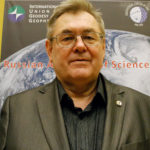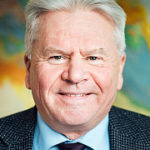Natural and anthropogenic Disasters
Geodynamic instability is the cause of many natural disasters, such as earthquakes, volcanic eruptions, landslides, mudflows, etc. Natural factors can initiate man-made accidents (collapses of buildings and structures, mine explosions, damage to the integrity of dams, etc.) and, conversely, man-made processes have a negative impact on the natural environment, leading to environmental accidents. The specifics of our country (huge territory, high level of deterioration of production assets and infrastructure, etc.) determine the need to develop special methods and technologies for monitoring natural and man-made disasters, as well as measures to reduce the exposure of the population and economy to risks from them. The solution to this problem is inextricably linked with the systematic analysis of large volumes of spatial geological and geophysical data, which are characterized by noise, diversity and incompleteness for making informed decisions. The purpose of the scientific session is to discuss modern tools, methodology, as well as research results in the field of Earth sciences that contribute to the effective solution of problems of monitoring and reducing the risks of natural and man-made disasters.


















